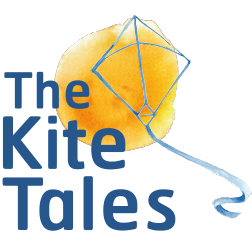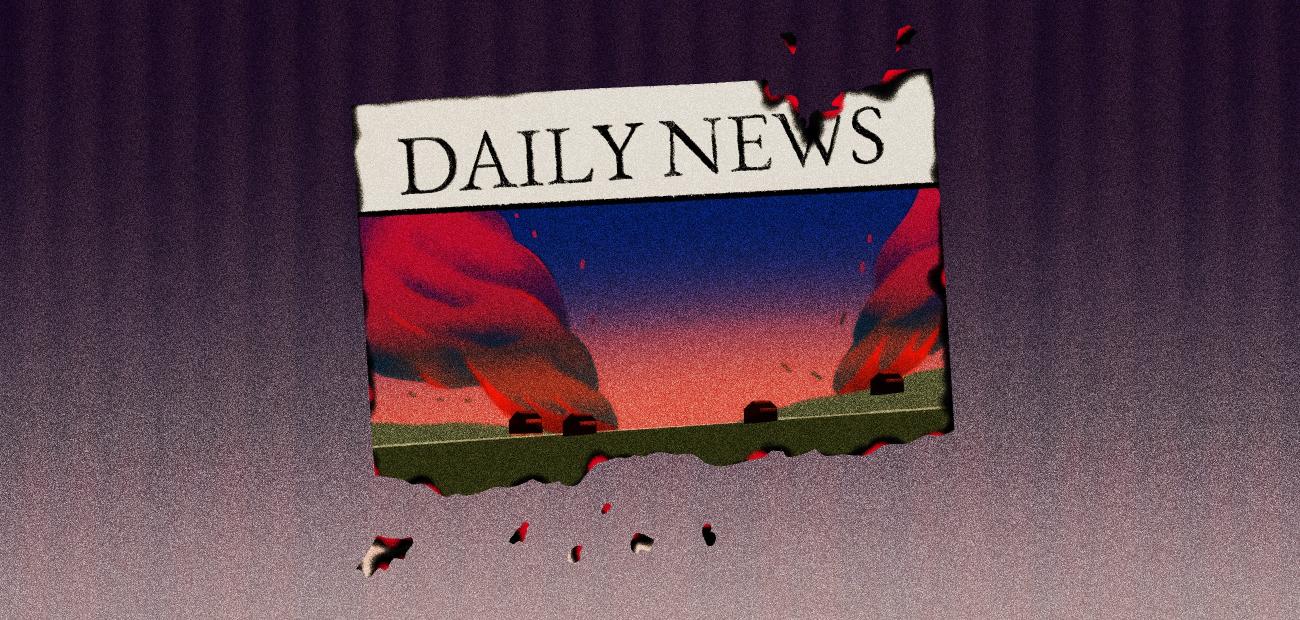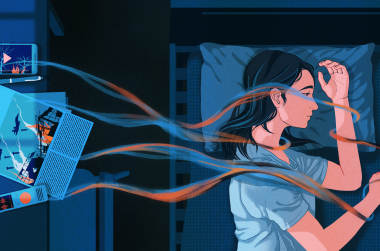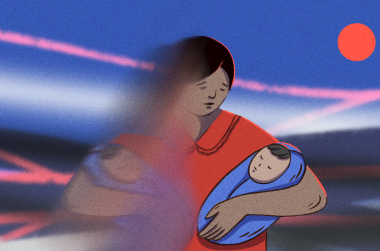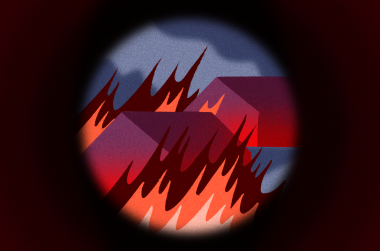The author is a Kayin journalist who is receiving support from The Kite Tales to write these diaries.
It was some three months after the coup in Myanmar, when summer was in full swing and the displacement camp I was living in was hot, dusty, and getting crowded.
I was on my own. I had left behind my family and my beloved children at home in Karen State. After the coup it had become quite difficult to survive in my hometown, especially for journalists like me. We became targets. Journalists were arrested, tortured, and killed. I was watched and they tried to arrest me. So I moved somewhere safer and ended up in Lay Kay Kaw, because we need to be safe to continue fighting the junta.
I often found myself feeling depressed. But whenever I felt down, I would revive my spirits by reminding myself of people who were resisting the dictatorship. I was surrounded by them. Like this former police officer I met.
One day, as I was helping some newcomers who had recently arrived at the camp, I fell into conversation with a tall, wiry man from Sagaing Region who gave up a stable job as a traffic cop to join the revolution. He recounted his story to me with sadness. I have kept him anonymous to protect his identity.
He told me he was born and bred in Sagaing and had been the leader of a frontline motorcycle squad for the regional government. In fact, he had been a police officer for 21 years. But after the coup some of his friends and relatives began to join the civil disobedience movement (CDM), refusing to work in their state-linked professions as a way to oppose the military power grab. He decided he wanted to do the same. The decision would turn his world upside down - due to his profession, he could not simply stay at home and was forced to immediately go on the run.
“The day I abandoned my duty station, I took just a clothes bag for myself. I rode from Sagaing to Mandalay, passed Nay Pyi Taw, Bago, Thahton, Hpa-Ann, and finally Myawaddy. I was the only person on a motorcycle all the way,” he told me.
In the capital Naypyidaw, under the tight control of the military, he had to navigate through two sets of checkpoints, coming face-to-face with police and soldiers who demanded a COVID-19 medical certificate and grilled him on where he was going.
“I was trembling and shaking. I told them I was a casual worker and that I was going home to Bago after work dried up in Naypyidaw. They let me go.”
Eventually, he reached Karen State in Southeastern Myanmar, where he entered territory held by the Karen National Union (KNU), the political wing of Myanmar’s oldest ethnic armed group which has been fighting the Myanmar military since the country became an independent nation in 1948. He was in a place called Lay Kay Kaw, a magnet for anti-coup protesters, those who had joined the CDM, and journalists like myself who were on the run. All were trying to evade the military and making a life at a displacement camp set up by the KNU.
There, he started taking military training as part of the People’s Defense Forces (PDF). He also took up guarding and sentry duties and volunteering for anything else he could do. We became friends and have helped each other out since then.
Then the army launched an attack on Lay Kay Kaw on December 15, 2021, and his life suddenly descended into war. The experience shook him terribly. Young people and local resistance groups fought back but they were no match. The Myanmar army has since encircled the town.
My friend saw wounded patients, dead soldiers, villagers running for their lives. More than a thousand people who were taking refuge there had to flee. It was a time of helplessness.
One evening he made his escape over a treacherous river crossing, swimming from Myanmar into Thailand in chest high water.
“That was an unforgettable experience,” he told me later.
“When the plane started shooting, our group of CDM soldiers, police, and civil service officers, hid by the banks of the river. I started to feel scared myself. The people were crying, some were running to and fro, and there was so much noise from the sounds of gunshots. Since we were crouching on the ground, the ground was shaking every time heavy weapons were used. It was so loud and everyone was scared.
"When the use of heavy weapons became too much, we crossed the river to the Thai side. We put ropes in the river and people tried to cross the water by holding the ropes. When we got to the Thai side, the Thai army looked at the bags we brought, asked if we were with the armed groups, and told us to hide in a cowshed. I felt a little better then. I couldn’t even breathe properly before.
"Because we crossed the river, our clothes were all wet. We had shelter but we had to clean up the piles of cow dung and make a pillow with our wet clothes and our backpacks. We couldn't sleep because it was cold in the winter and we could hear the sounds of the battle from the other side.”
Exhausted, he slept on a blanket spread out on the bare ground of the cowshed on a large cattle farm on the Thai side of the border for a week before moving on. It was only then that he felt that he had reached safety.
“We didn’t have dinner but we weren’t hungry. We were just crouching in the dark. When the army’s shooting fell into the corn field next to the cowshed, people got up and fled. The Thai army checked us again and at daybreak, the Burmese from Thailand brought us packets of rice, bread, and bottled water. We ate only then,” he recalled.
After that week, the group was sent back to Myanmar, and the former traffic cop moved to a new temporary evacuation camp at Lay Kay Kaw, where we met.
For me, the story brought back many memories.
The battle at Lay Kay Kaw in December 2021 made me a war reporter.
I had written about the battles between the Karen armed group KNLA and the Myanmar army. But I had never experienced something like this before. On the morning of the attack I heard sniper fire coming from the PDF side. My journalistic instincts took over and I started taking videos and photos documenting the clashes.
Heavy weaponry exploded near me. I saw - and filmed - the firing of rocket-propelled grenades. Bullets whizzed past me. In between the filming, I threw myself on the ground to protect myself from the bombings and gunfire from the helicopters.
Staying awake through the dark nights, spending days hiding in the trenches and reporting on the battle are unforgettable moments in my life. During those days, I stayed in the battlefield, constantly filming and taking pictures and sending them back.
I thought that my reporting, my images, and my videos of the military's unjust shootings and aerial bombardments on the public would inform the international community. I took it as my duty to continue doing this.
The sad, bitter and hateful aftermath of the war has stayed with me. I cannot erase them from my mind.
By February 2022, the fighting intensified and it was no longer easy to be at the frontline.
However, I wanted to be able to base my news reports on concrete information, so I continued my work as a battlefield reporter. My days became filled with travel between the camps close to the battlefield, evacuation centers, and the Thai border village. This continues until today, in December 2023.
But even so, these days whenever I hear a car door slamming, or fireworks, or burst tires, I flinch.
Artwork by JC who is receiving support from The Kite Tales to produce illustrations.
